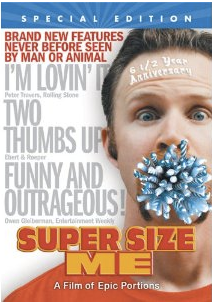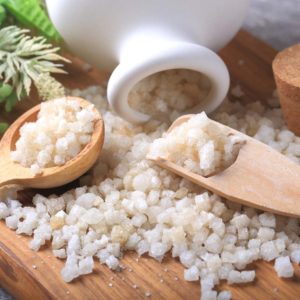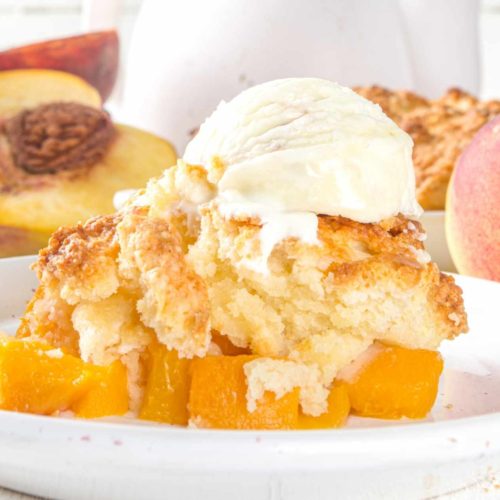Supersize Me
Directed and Produced
by Morgan Spurlock
Samuel Goldwyn Films,
Roadside Attractions
Although this film came out in 2004 the information in it is still relevant today. The basic premise of this documentary film is what would happen if you only ate at McDonald's for one month.
Director Morgan Spurlock did exactly that. At the beginning of the film his personal trainer shows that he is in above average shape as compared to the majority of the American public. Some of the rules for Spurlock's McDiet were that he must eat three full meals a day from McDonald's, he could only eat food that came from McDonald's, and that he could only supersize his meal if that option was offered to him (if it was not offered he was not allowed to make that choice on his own).
Within the first week Spurlock gained nearly 10 pounds and began to suffer health consequences. As you watch the documentary, and Spurlock's decline, you are shown how nutritionally deficient fast food is for your body. The more processed the food the less it meets your body's needs. The film is interspersed with some very sobering facts. One of the most eye-opening is that McDonald's calls people who eat a lot of their food heavy users. People eating even more? They are the super heavy users. Heavy, of course, has a double connotation here and the sad choice of the word user speaks to how addictive and unhealthy this stuff really is.
At the end of the film Spurlock is in seriously bad health. It took Spurlock more than a year to lose the weight that he gained in 30 days and to return to a healthy state.
While the film is extreme in that he only ate at McDonald's and did it continuously for 30 days, it clearly highlights not only how non-nutritious this food is but how well entrenched it is in our culture. Most children can recognize McDonald's distinctive golden arches before they are able to talk complete sentences.
McDonald's did remove their supersize option shortly after the movie came out. They also added salads and more grilled options. They claim that these changes had nothing to do with the movie. Whether it did or not the fact remains that this is still an unhealthy meal option that should be avoided. McDonald's themselves states, any processing our foods undergo makes them more dangerous than unprocessed foods.”
Watch the movie, avoid the food.
I originally wrote this for a private client. They are no longer publishing their newsletter and I am now able to share this review with you.
disclaimer: cmp.ly/5













